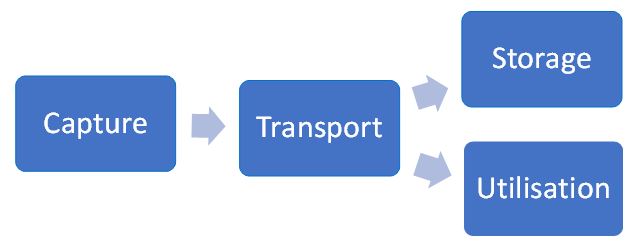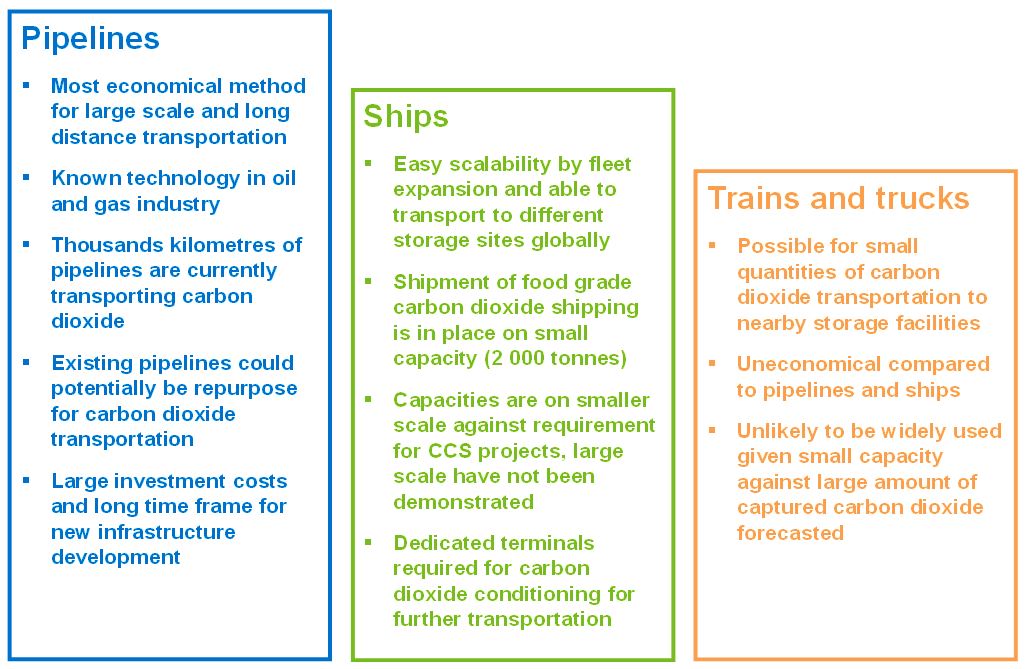What’s next after capturing carbon?

Carbon dioxide is typically the primary focus of greenhouse gas (GHG) emissions, particularly in discussions associated with climate change as carbon dioxide is a dominant contributor of GHG emissions. Carbon capture is seen as one of the most promising routes to reduce carbon emissions and slow down climate change. There are two disposition alternatives for captured carbon dioxide – either storage (i.e. storing carbon dioxide underground) or utilisation (i.e. as feedstock for other chemicals).
NexantECA | What’s next after capturing carbon?
According to International Energy Agency (IEA), global carbon dioxide emission was estimated at 36.3 billion tonnes in 2021 while the global carbon dioxide demand was only 230 million tonnes. Given the statistics above, CCS – Carbon capture and storage would be a more viable solution for achieving net-zero GHG emissions. CCS covers a wide range of technologies involving capturing carbon dioxide from point sources such as industrial plants, or removing carbon dioxide from direct air capture, compressing the stream, and transporting it to a suitable location for storage.
Carbon dioxide transportation
Carbon dioxide transport is essentially transferring carbon dioxide from capture to storage point. Except for industrial facilities that are located right below a geological storage, transportation would be required, and the options can be divided into onshore and offshore transport. Onshore transport would include trains, trucks, and pipelines while offshore transport includes pipelines and marine ships.
What’s next after capturing carbon? | NexantECA
Among these modes of transportation, pipeline is the most commonly used and will likely continue to be the main transportation mode for CCS. New carbon dioxide pipeline capacities will initially be geographically dispersed, but as new CCS facilities are brought online and large-scale CCS deployment unfolds, it will be necessary to connect neighbouring carbon dioxide sources. This can be achieved via hubs, to clusters of sinks by so-called “back bone” pipelines.
Availability of storage sites
Moving on to storage sites, they need to be carefully chosen as part of CCS projects to ensure that carbon dioxide is being trapped efficiently at a cost-effective manner for a long duration of time. Key elements would include having a depth more than one kilometre for natural temperature and pressure to compress carbon dioxide, porous formation to provide storage space for large amount carbon dioxide and having a cap rock to prevent migration of carbon dioxide to the surface.
Some storage site options include:
Depleted oil and gas reservoirs – Aside from existing infrastructure in place, these reservoirs have extensive analysis on well characterisation which CCS projects can utilise for carbon dioxide storage modelling and simulation. Majority of CCS projects utilise captured carbon dioxide for enhanced oil recovery (EOR) as it is the most economically attractive option as additional oil can be extracted before the oil filed comes to its end of life.
Deep saline formation – Saline formation contains porous rocks that are saturated with brine. They are widely distributed globally and represent by far the largest potential for carbon dioxide capacity. However, saline formation has lower permeability compared the hydrocarbon formations, hence more research is required to evaluate carbon dioxide storage in saline formation.
Unmineable deep coal seams – Coal seams that are too deep or too thin to be mined economically can be used to store carbon dioxide. There is also potential to enhanced coal-bed methane (CBM) recovery from coal seams.
According to IEA, the world has more than enough carbon dioxide storage capacity based on high level geological analysis. It is estimated that the total global storage facility is between 8 thousand giga tones to 55 thousand giga tones, with the lower end of the range being 220 times of current carbon dioxide emission. The majority of the storage capacities are onshore in deep saline formation and depleted oil and gas fields.
Connectivity is vital for large scale CCS deployment
Although carbon capture and storage are commonly discussed as one value chain, a growing number of projects are choosing to focus on either part of the chain – carbon dioxide capture or carbon dioxide transport and storage. Decoupling carbon capture and transport/storage has its own advantages such as minimising risk and improving efficiency. However, close collaboration between parts of the value chain is required to ensure that each element in the CCS chain is progressing in parallel. With net zero emission in mind, many sectors are looking into attaching carbon capture facilities.
Connectivity between carbon dioxide capture points to storage facilities would be the key to large scale deployment of CCS. It is likely that a network would be preferred, connecting multiple emission or capture points to a hub where captured carbon dioxide is collected before transporting them to a storage site. This would rely on ship and ‘back-bone’ pipeline transportation of carbon dioxide. By developing CCS projects as part of a network, construction and operational cost of carbon dioxide pipelines would be lower benefiting from economies of scale.
About the Authors...
Miu Shan Koo, Senior Analyst
Richard Foong, Senior Consultant

